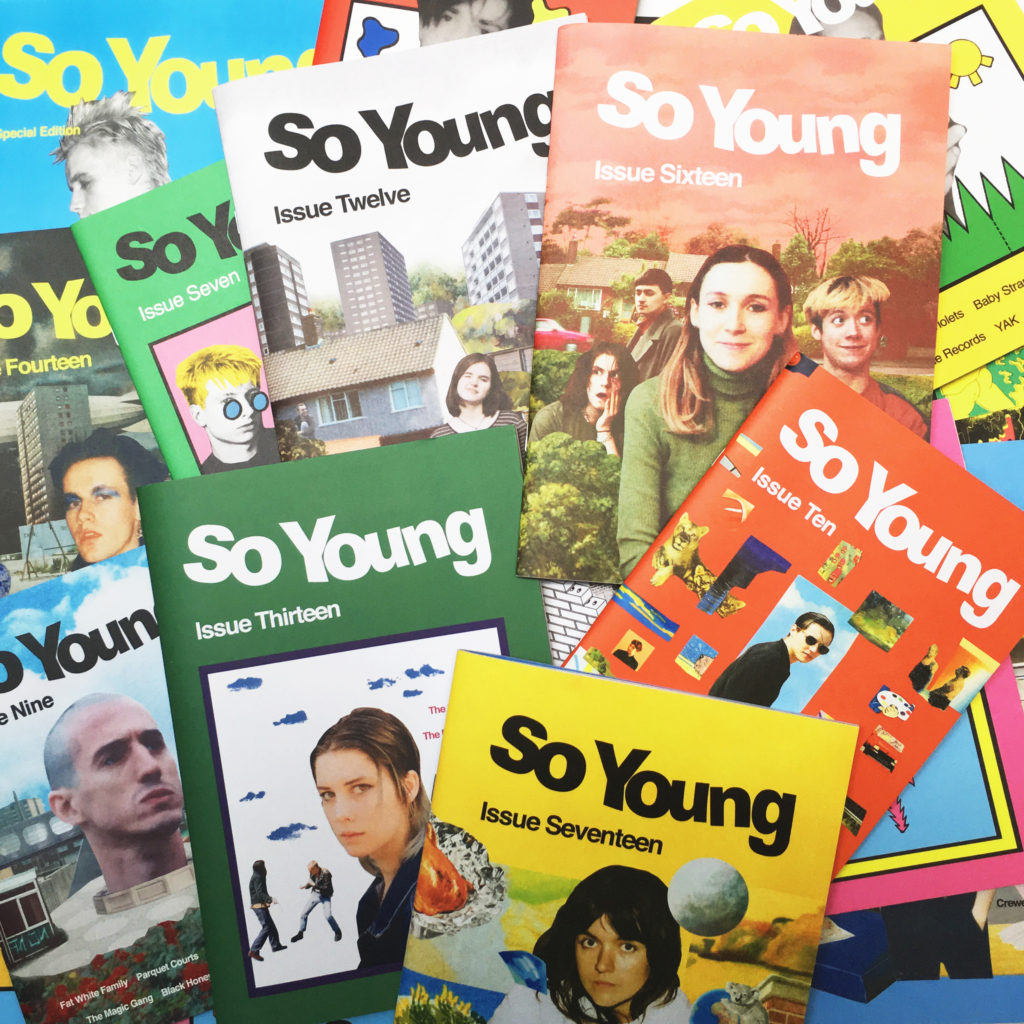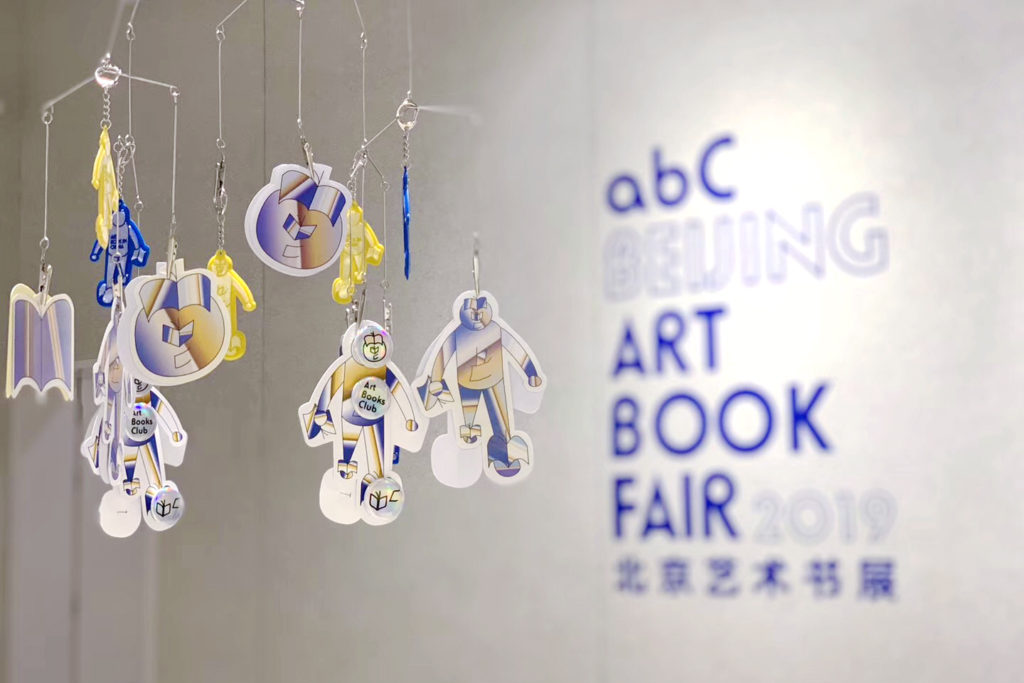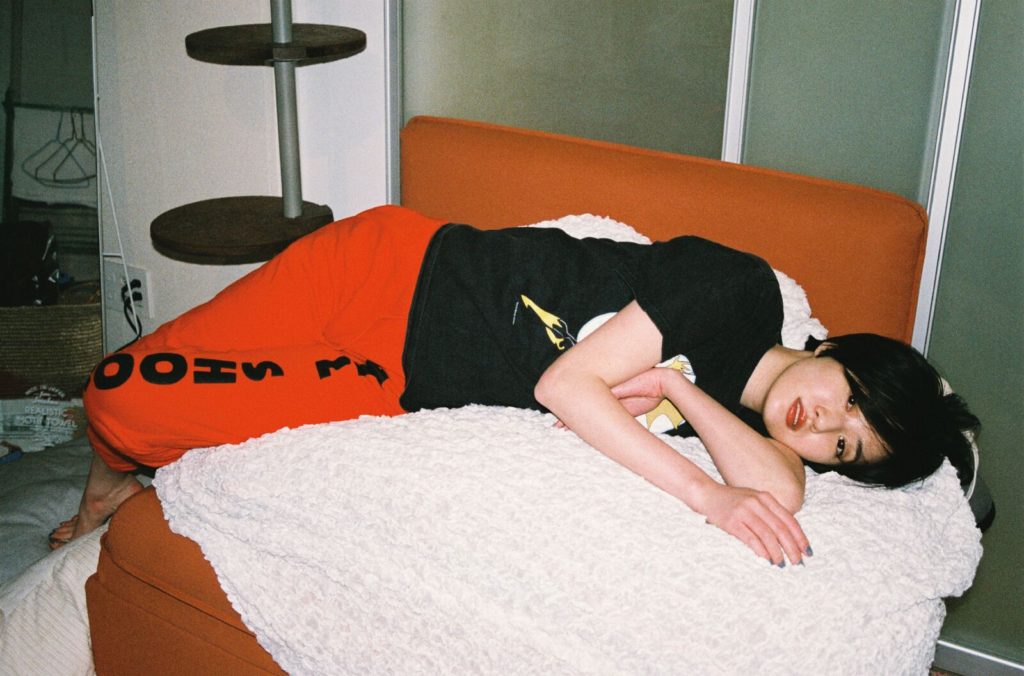


Interview with director of abC Art Book Fair

Interview with Emily Ashcroft -“Tokyo Girls”

Text: Misaki Matsuoka
Translation: Yoshiki Tainaka
Edit: Yuka Shimayoshi
若者を描いてきた朝井リョウ氏の最新作、『死にがいを求めて生きているの』を紹介。
An editor introduces the latest book “Shinigai wo Motomete Ikiteiru no” by Ryo Asai, who well describes the youths.
『桐島、部活やめるってよ』、『何者』など、「平成」の若者についてリアルな文章を書く平成生まれの作家、朝井リョウ。そんな彼の新刊、『死にがいを求めて生きているの』は、生き方の多様性が生む新たな若者の苦悩を描いている。
人間は、自分の物差しだけで自分自身を確認できるほど強くない。ナンバーワンよりオンリーワンは素晴らしい考え方だけれど、それはつまり、これまでは見知らぬ誰かが行ってくれた順位付けを、自分自身で行うということでもある。見知らぬ誰かに「お前は劣っている」と決めつけられる苦痛の代わりに、自ら自分自身に「あの人より劣っている」と言い聞かせる哀しみが続くという意味でもある。――『死にがいを求めて生きているの』より抜粋
「平成を生きる若者」この帯に惹かれて、気づくと約500ページを二日ほどで読み終えた。朝井リョウ氏の表現豊かな比喩はどの作品を読んでいても時間を忘れさせる力がある。
運動会の順位はつけない。合唱コンクールの投票は無し。テストの成績は張り出さない。男女は平等だ。人と違うことは素晴らしい……。
この『死にがいを求めて生きる』は平成において、ナンバーワンよりオンリーワン、個性を伸ばそうといった考え方は私たちに何をもたらしたのか、「競争」や「対立」が省かれた現代は果たして本当に幸せなのか、多様性を認める社会は豊かなのか…… と考える機会を与えてくれた。というより、もう一度考えなければならないと思わされた。
唯一の友達の転校で塞ぎ込む小学生、繰り返しの毎日を過ごす看護師、いつしか相手の顔色ばかりを気にする様になった転校生、自分の存在する価値を見つけようと空回りする大学生、過去の栄光にすがる中年ディレクター、それぞれの日々の葛藤が目の前で再生される様に文章が綴られていく。実はみんな、平成の波にのまれている。
特にそれを感じさせられるのは、植物状態になってしまった智也、つきっきりで見守る雄介という、大学生二人の関係である。小さい頃から性格が合わない様で、それでもいつも 一緒にいた二人。側から見れば美しい友情なのかもしれないが、この二人の間にこそ朝井リョウ氏の伝えたかった、平成が作り出した若者の葛藤が描かれていると感じた。
「夢や生きがい」がないと生きてはいけないのだろうか。人と違う経験をすればSNSに投稿しなければいけないのだろうか。特別な自分になるために、興味が無いこともしなければいけないのだろうか。現代を生きる若者なら、一度でもそんなことが頭をよぎったはずだ。是非この本を手にとって、自分の生きやすい毎日について考えてみてほしい。
「自分の存在価値」や「生きがい」を求めて迷走する登場人物たちは、本当は「死にがい」を求めて生きているのかもしれない。
■『死にがいを求めて生きているの』
著・朝井リョウ
中央公論新社
2019年3月発売
Ryo Asai is known for his works “The Kirishima Thing (Kirishima Bukatsu Yamerutteyo)” “Somebody (Nanimono)” in which he writes a realistic style about young people in Heisei dealing with their school life and job hunting.
His latest novel “Shinigai wo Motomete Ikiteiru no” describes distress of modern young people caused by diversity of living.
People are not as strong as they recognize themselves only with their own scale. “Only one is better than No.1” is a great idea, but it also means that you rank yourself independent of others’ evaluation. You have to tell yourself that you are inferior to somebody, instead of being said “you are inferior to them” decisively.
The copy ‘young people living Heisei’ made me to read it, and I finished reading within two days when I noticed. Ryo Asai’s metaphor is so expressive that his readers forget about time.
No rank in an year’s field day. No vote in a choir concert. Do not post a result of an examination. The equality of sexes. Being different to other people is wonderful……
“Shinigai wo Motomete Ikiteiruno” gave me an opportunity to think what the ideas like “Only one is better than No.1” and “cultivate individuality” brought us, whether the modern age without competition or comparison is happy, and whether the society accepting diversity is affluent…… or rather made me think of it.
An elementary school student being depressed because his only friend transferred, a nurse tired of the daily grind, a transfer student who got sensitive to others’ mood, and a middle-aged man clinging to his past glory. Each of them has conflicted feeling, and their daily life are described like videos played just in front of you. Actually, everybody is swallowed up by the wave of Heisei.
The relationship between two university students is especially impressive. Tomoya gets vegetative and Yusuke watches over him. They are not compatible but have been always together. It might look beautiful to the people around them, but I felt that the conflict of young people generated by Heisei, which Asai wanted to tell us, is described in their relationship.
Shouldn’t we live without dreams or reasons of living? Should we share our unique experience in SNS? Should we try things which we don’t have any interest with?
Most of young people living in modern age have thought about that kind of things once. I want such people to take this novel and think about what is a prosperous daily life.
The characters pursue values of themselves and reasons of living, but what they really want might be the worth of dying.
■ “Shinigai wo Motomete Ikiteiru no”
Written by Ryo Asai
Chuokoron-shinsha
Released in March, 2019



